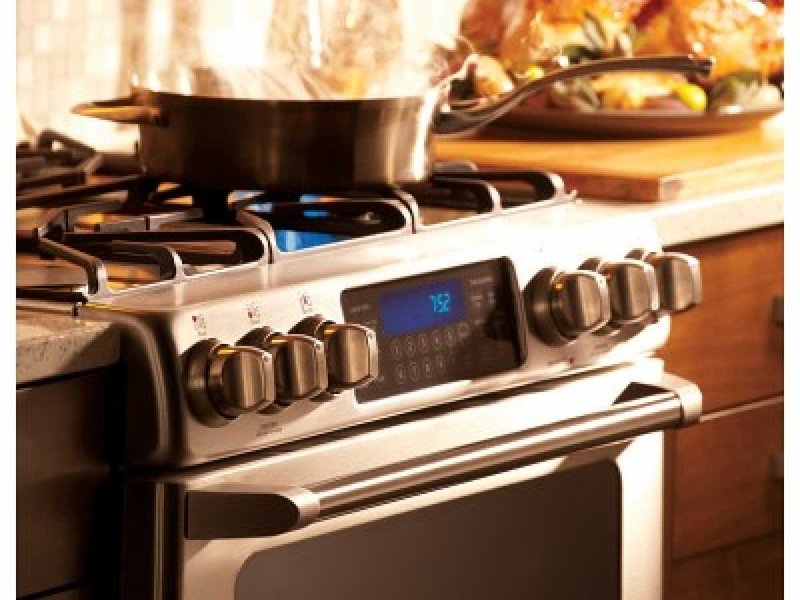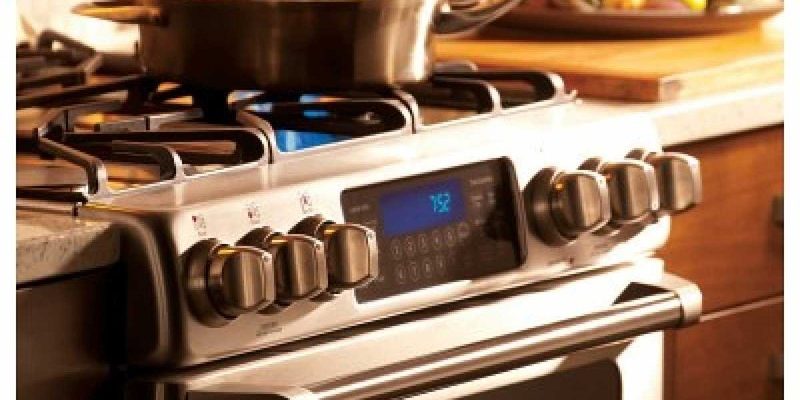
The E3 error code is a common issue in GE ovens and ranges, alerting users to a problem that might need attention. Just like your car’s check engine light, your oven is trying to inform you of a malfunction. Understanding when to call in a professional to handle the issue can save you time and prevent a small glitch from becoming a major problem. In this article, we’ll explore what the E3 code means and when it’s crucial to seek professional help.
Understanding the E3 Error Code
The E3 error code generally signifies a temperature sensor issue. Think of the sensor as the oven’s thermostat, helping to maintain the correct temperature for cooking. If it malfunctions, it’s like trying to set your home’s AC without a thermostat — you can imagine how uncomfortably unpredictable that would be! This error code may arise from several factors, such as a damaged sensor or faulty wiring.
When you see the E3 code, it’s important to know that it’s trying to alert you to a potential problem with the oven’s ability to heat accurately. You might think, “I’ll just ignore it,” but that could lead to unevenly cooked meals or even damage to your beloved appliance. In more technical terms, the sensor is either not sending the correct data to the control board or the control board is not interpreting the sensor data correctly.
You might be wondering, “Can I fix this on my own?” In some cases, a simple restart might clear the error, kind of like rebooting your computer. But if the error code returns, it’s a red flag indicating that the issue needs a more in-depth examination by a trained technician.
Common Causes of the E3 Error Code
Let’s dive into what might cause the E3 error to appear in the first place. One common cause is a faulty oven temperature sensor, which can happen over time due to wear and tear. Just like how a car’s sensors might fail with age or heavy use, your oven sensor could experience similar issues, leading to incorrect temperature readings.
Another possible cause might be issues with the wiring between the sensor and the control board. Wires can sometimes become loose or damaged, especially if the oven’s been moved or has experienced significant vibrations. Imagine trying to talk on a phone with a frayed cord; the communication just isn’t clear, right? The same principle applies here.
In rare instances, the control board itself might be at fault, akin to a computer’s motherboard going on the fritz. This could be due to an internal error or something more serious. It’s critical to address these issues promptly, as neglecting them can exacerbate the problem, leading to costly repairs or even the need to replace the appliance altogether.
When to Call a Technician
So, when should you wave the white flag and call in the pros? If restarting the oven doesn’t resolve the E3 error, it’s time to consider professional help. Technicians have the expertise and tools needed to diagnose and fix whatever’s going wrong. Attempting to repair complex electrical issues without proper knowledge can be hazardous, much like trying to fix your car’s engine without expertise.
Moreover, if you notice other unusual behavior from your oven, such as not heating properly or displaying other error codes, don’t hesitate to seek assistance. A technician can provide a thorough inspection, ensuring that all components are functioning correctly and safely.
In addition, if you’re not comfortable handling or checking the wiring yourself, it’s always better to be safe than sorry. Even minor mistakes can lead to more significant issues. Consider this like avoiding DIY electrical work in your home unless you’re a qualified electrician.
Preventative Tips for Future Errors
Prevention is always better than cure, and maintaining your oven can help avoid the dreaded E3 error in the future. Regular cleaning and inspection of your oven can go a long way. Like servicing your car, periodic checks can help ensure everything runs smoothly. Make sure the sensor is clean and free of grease, as build-up can sometimes affect performance.
Additionally, avoid tampering with the wiring or components if you’re not sure what you’re doing. Simple maintenance, like cleaning and checking for obvious signs of wear, is fine, but leave more invasive checks to the professionals.
In conclusion, while the E3 error code might seem daunting, understanding what it means and knowing when to call a technician can save you a lot of stress. Keep your oven in good shape, and it’ll keep serving you those delicious meals without a hitch!
